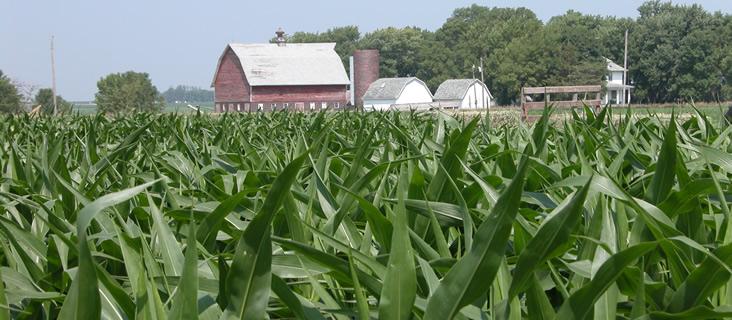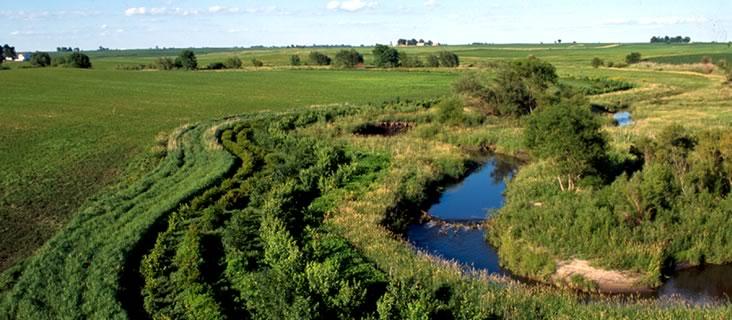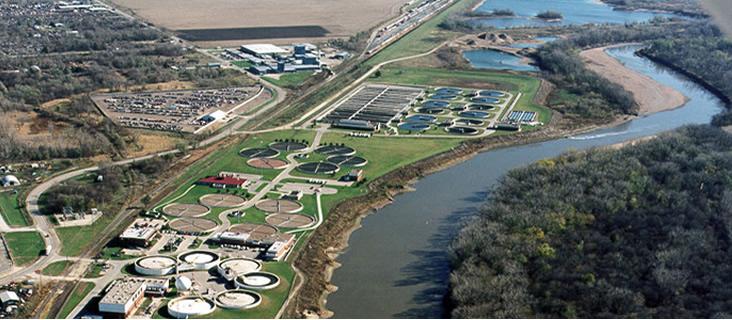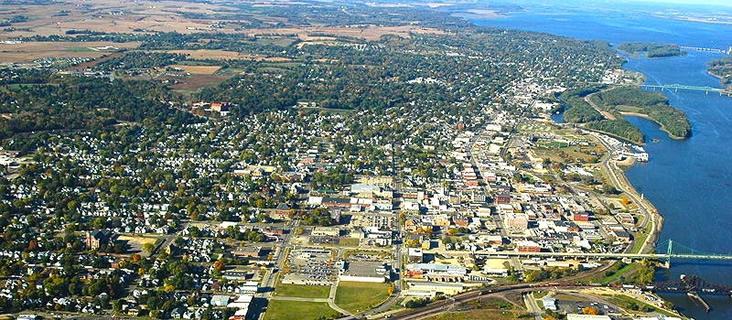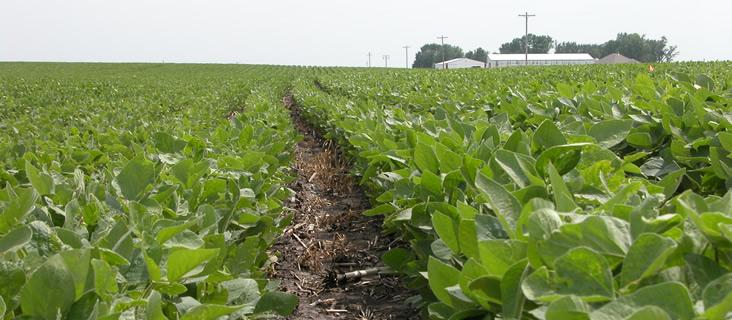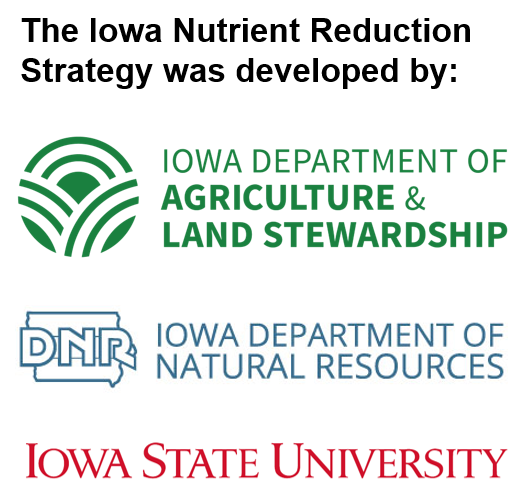Iowa Nutrient Reduction Strategy
The Iowa Nutrient Reduction Strategy is a science and technology-based framework to assess and reduce nutrients to Iowa waters and the Gulf of Mexico. It is designed to direct efforts to reduce nutrients in surface water from both point and nonpoint sources in a scientific, reasonable and cost effective manner.
The Mississippi River/Gulf of Mexico Watershed Nutrient Task Force was established in 1997 to coordinate activities to reduce the size, severity and duration of hypoxia in the Gulf. Hypoxia is a large area of low oxygen that can’t sustain marine life. Nutrients that lead to algae growth are the main culprit.
In its 2008 Action Plan, the task force called upon each of the 12 states along the Mississippi River to develop its own nutrient reduction strategy.
Working together, the Iowa Department of Agriculture and Land Stewardship, the Iowa Department of Natural Resources, and the Iowa State University College of Agriculture and Life Sciences developed this proposed strategy.
The Iowa strategy outlines a pragmatic approach for reducing nutrient loads discharged from the state’s largest wastewater treatment plants, in combination with targeted practices designed to reduce loads from nonpoint sources such as farm fields. This is the first time such an integrated approach involving both point sources and nonpoint sources has been attempted.
This proposed strategy is the beginning. Public input will be considered before the strategy is finalized and as operational plans are developed. This is a dynamic document that will evolve over time as new information, data and science is discovered and adopted.
